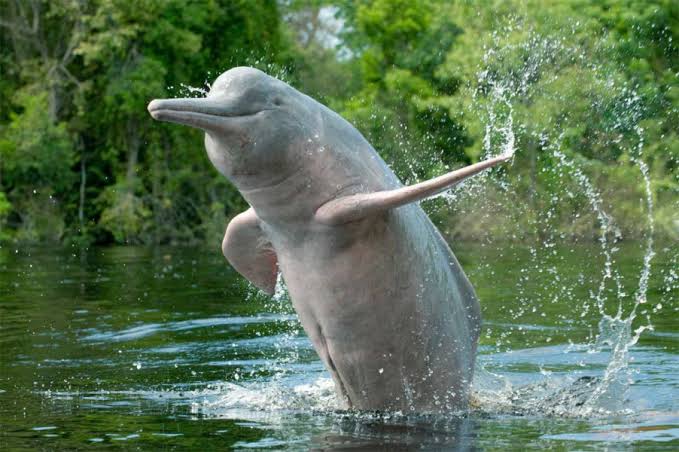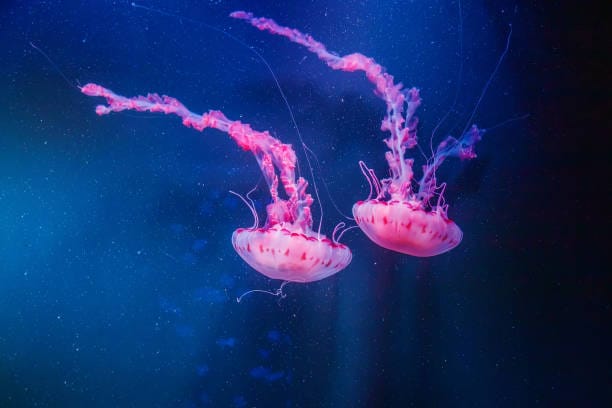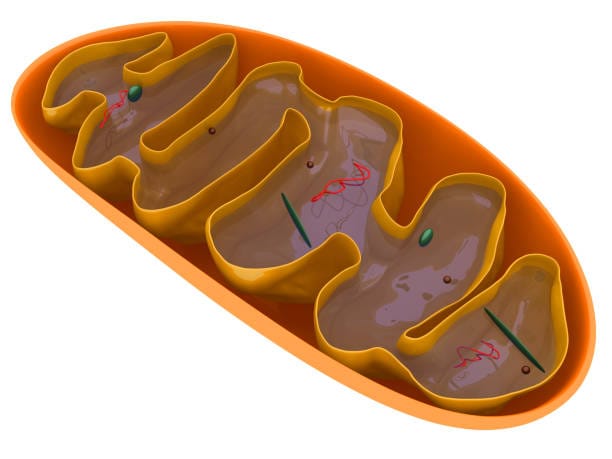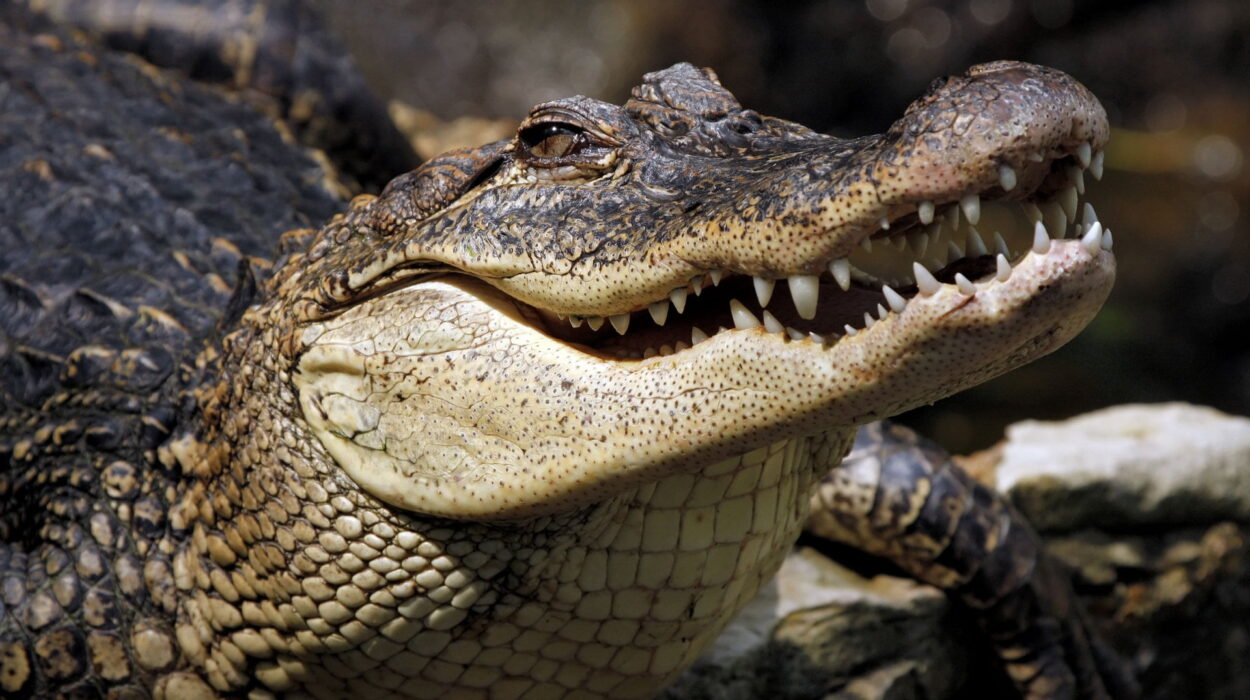Asian elephants are among the most majestic creatures on Earth—icons of strength, wisdom, and deep emotional bonds. Yet, behind their towering presence lies a hidden vulnerability. One of the greatest threats to their survival, particularly for calves, is a fast-moving and devastating virus known as elephant endotheliotropic herpesvirus, or EEHV.
EEHV is a leading cause of death among young Asian elephants, both in the wild and in zoos. It often strikes suddenly, causing fatal hemorrhagic disease. For conservationists, veterinarians, and communities who revere these animals, the virus has been a relentless enemy. The loss is not only biological but emotional: every calf lost is a fracture in a species already struggling against habitat destruction, poaching, and declining populations.
For years, the fight against EEHV has been hampered by the absence of effective prevention. Treatments are limited, and by the time symptoms appear, it is often too late. But a new study offers the most hopeful breakthrough yet.
A World First: Testing a Vaccine in Elephants
In a historic milestone, an international team led by the University of Surrey, in collaboration with Chester Zoo and the UK’s Animal and Plant Health Agency, has reported the world’s first vaccine trial against EEHV. Published in Nature Communications, the study demonstrates that not only is the vaccine safe for elephants, but it also triggers strong antiviral immune responses—the kind that could protect calves from this deadly disease.
The trial took place at Chester Zoo, one of the leading centers for elephant conservation in Europe. Several adult elephants were carefully monitored as they received a two-step vaccination. Unlike many experimental medicines, this was not a leap into the unknown. Years of development and meticulous planning went into designing a vaccine that would be both safe and effective for one of Earth’s largest land animals.
How the Vaccine Works
The vaccine strategy was as innovative as it was careful. In the first step, elephants were given a viral vector—a harmless vehicle engineered to deliver two EEHV proteins: glycoprotein H (EE2) and the major capsid protein. These proteins act like “wanted posters,” teaching the immune system what the virus looks like.
The second step involved a booster: purified proteins combined with an adjuvant, a substance designed to amplify the immune response. This two-stage approach mimics how the immune system naturally learns to recognize and defeat pathogens, giving the elephants a rehearsed defense against EEHV.
The results were remarkable. Blood samples showed that the elephants’ immune systems had been switched on in powerful ways. For the first time, researchers could track this process systematically, even sequencing the animals’ immune pathways to understand which lines of defense were activated. This level of immunological insight in elephants was unprecedented.
Awakening the Immune Defenders
One of the most encouraging findings was the activation of two critical types of immune cells: CD4+ helper T cells and CD8+ killer T cells. Helper T cells coordinate the immune system, while killer T cells directly attack infected cells. Together, they form the backbone of antiviral defense in mammals—including humans.
The fact that the vaccine stimulated these cells in elephants means that their immune systems were not only paying attention but preparing for battle. In immunology terms, this is the gold standard of antiviral protection.
Systems immunology analysis, conducted in partnership with experts in São Paulo, confirmed this broad activation. It was not a narrow or partial response—it was a comprehensive mobilization of defenses, the kind of response scientists had long hoped for but never before documented in elephants.
Safety First: No Harm to the Giants
Equally significant was what researchers did not find: side effects. For animals already under stress from environmental and health pressures, safety is paramount. The vaccinated elephants showed no signs of harm, no adverse reactions—only a robust immune awakening. This finding is vital because it proves that the vaccine can be administered without risking the well-being of these sensitive animals.
Why This Matters for Calves
While this trial involved adult elephants, the ultimate goal is to protect calves—the group most at risk of EEHV. Calves often succumb to the disease quickly, before treatments can even begin. If a vaccine can prepare their immune systems early in life, it could dramatically reduce mortality rates.
For conservation programs, this is transformative. Breeding elephants in human care is crucial for maintaining genetic diversity and securing populations. Yet EEHV has long threatened these efforts, wiping out calves before they could contribute to the next generation. A vaccine could change this narrative, giving young elephants the chance to grow, thrive, and carry their species forward.
Voices of Hope
The scientists behind this achievement emphasize both the significance of the step and the road ahead.
Professor Falko Steinbach, senior author of the study, described it as “a landmark moment.” For the first time, he explained, researchers had demonstrated in elephants that a vaccine could trigger the precise immune response needed to defend against EEHV.
Dr. Tanja Maehr, the lead author, expressed cautious optimism: “Our findings give real hope that vaccination can become a practical tool for preventing severe disease and death due to EEHV. The next step could be to trial the vaccine in calves and in range countries, so we can begin to protect those most at risk.”
At Chester Zoo, where the vaccine was first delivered to an elephant in 2021, conservation scientist Dr. Katie Edwards reflected on the long journey: “EEHV has taken the lives of so many elephants, both in human care and in the wild, but this vaccine offers hope. We can’t yet say this will be the end of EEHV deaths, but we have taken a massive step towards that goal.”
Conservation Beyond the Zoo
The implications of this breakthrough stretch far beyond the zoo setting. In Asia, where wild elephants roam across fragmented habitats, EEHV remains a lethal threat. Conservationists hope that future vaccine programs could extend into range countries, where protecting calves is essential for sustaining wild populations.
This would not be easy. Delivering vaccines to wild elephants involves immense logistical challenges. Yet the concept itself marks a turning point. For the first time, humanity has a tool that could reduce one of the silent killers of this endangered species.
Science, Compassion, and the Future
This achievement is not just about science—it is about compassion and responsibility. Elephants are keystone species, shaping ecosystems and carrying deep cultural significance in many societies. Their survival is intertwined with biodiversity, tradition, and human history.
The loss of even a single calf is a wound not only to the herd but to the global conservation community. Now, with the dawn of a vaccine, the possibility of fewer losses becomes real.
Still, this is only the beginning. More research is needed, particularly trials in calves and in diverse environments. The road from proof-of-concept to global application is long. But every great achievement begins with a first step, and this step may prove decisive in the story of elephant conservation.
A Moment of Shared Hope
In the end, what makes this breakthrough so powerful is not just the data but the hope it represents. Hope for calves that might grow into adulthood. Hope for herds that might remain whole. Hope for people around the world who look to elephants as symbols of resilience and wisdom.
The first vaccine trial against EEHV shows what is possible when science, conservation, and compassion work hand in hand. It is a reminder that even in the face of daunting challenges, progress is possible. And for the young elephants whose lives hang in the balance, progress could mean everything.
More information: A safe, T cell-inducing heterologous vaccine against elephant endotheliotropic herpesvirus in a proof-of-concept study, Nature Communications (2025). DOI: 10.1038/s41467-025-64004-x






